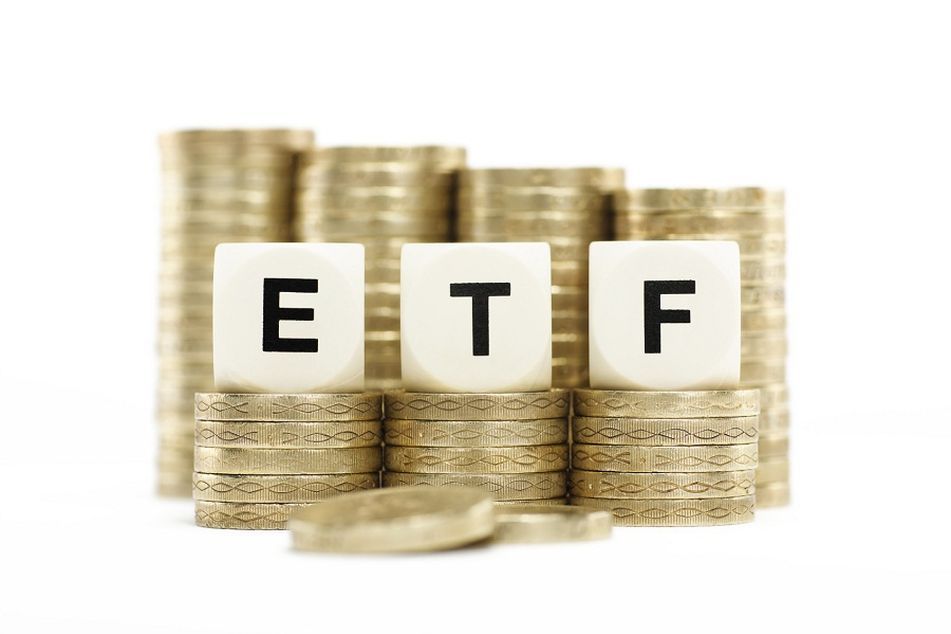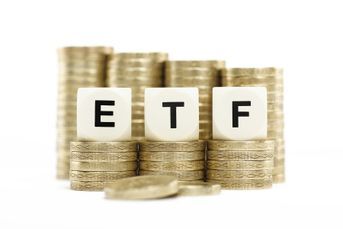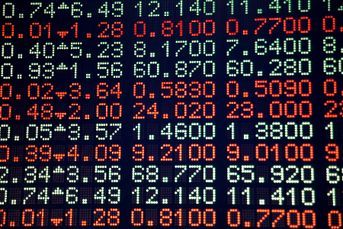Reading the confusing alphabet soup of exchange-traded fund trends

The ETF universe seems to perpetually expand but the result of pushing the envelope isn't necessarily always positive
Every year, investing in exchange-traded funds gets more confusing. Last year, 178 new ETFs launched (based on their inception date as determined by Morningstar Inc.) and while the ETF universe seems to perpetually expand, the result of pushing the envelope in product development isn’t necessarily always positive.
Investors should be aware of these trends, while understanding that new ETFs aren’t like cars or phones — there is no reason to assume the new model is better. Instead, investors should be diligent about how they use new ETFs and, if necessary, work with an expert who can help determine what is substance over hype.
To help investors navigate the increasingly complex world of ETFs, here are the most promising trends and launches in 2014.
EXISTING STRATEGY
Some firms are taking an existing strategy and launching an ETF with a very similar approach. Often supported by large financial planning groups, these firms create efficiencies by developing ETFs based on their own investment philosophies to support their clients. These products, however, are available to the investment community at large who may not be aware that they are buying into a philosophy that does not match their own.
Two ETFs from Vident, 10 from WBI, and the Deep Value ETF (DVP) all launched in 2014 and are examples of this trend. The success of these funds was quite strong in 2014 and the early part of 2015. All the funds referenced above had over $84 million in assets and finished in the top 35 in assets for new ETFs as measured in early 2015. The lesson here is to beware of very rapid uptake in assets by a particular ETF — is it because it is a superior product or because there are inflows from a pre-existing client base?
CURRENCY HEDGED ETFS
Some of the newer entrants into the ETF universe are funds that provide fully diversified currency hedged exposure. Given that this is the first time investors have had access to broad diversification and currency hedging through an ETF, these products have surged in popularity — five of the top 35 new ETFs, as measured by assets, use currency-hedging. The strong relative performance of the dollar pushed currency-hedged international ETFs higher in 2014 compared with unhedged version of their indexes.
(More: State Street to close three ETFs that attracted little investor interest)
These funds also benefited from quantitative easing in Japan and Europe, which raised the possibility that international markets might do well in 2015, while the dollar would keep increasing. One ETF, the iShares Currency Hedged MSCI EAFE (HEFA), grew to $736 million by Feb. 10 from $61 million at the end of 2014.
Currency hedging, as I mentioned in a previous article, is a great fit for managing risk. Foreign currencies often add risk to the portfolio, and hedging the currency risk can reduce volatility. It is important to remember currencies can become overvalued just like stocks. Currencies can move very quickly, as seen by the sharp move by the Swiss Franc earlier this year, which woke some investors up to currency risk.
PREPARING FOR LOWER RATES
As the specter of a Federal Reserve rate hike looms, ETFs designed to reduce interest rate sensitivity did well. The First Trust Enhanced Short Maturity (FTSM) shot through the $1 billion mark early in 2015 and Pacific Investment Management Co. launched a low-duration ETF, while the Market Vectors Short High-Yield Municipal Index ETF (SHYD) raised solid assets. PowerShares Variable Rate Preferred ETF (VRP) opened up an interesting segment of the market to ETF investors.
(More: In possible gift to Bill Gross, Janus gets preliminary approval to offer ETFs)
Preferred securities with variable payments allow investors to benefit from the premium yields of preferred stocks while avoiding the interest rate associated with a high yielding security that doesn’t mature. Adding these new choices to existing options gives investors lots of choices to manage potential interest rate volatility.
ASSET RAISE SHOULDN’T BE KEY FACTOR
Good ETFs can be launched at any time. Sometimes they acquire assets right away; other times it takes a while for investors to discover the good idea, but the speed in which an ETF raises assets should never be your determining factor on which ETF best complements your client’s investment strategy — investors should focus most on finding the ETFs that fit well in their overall portfolio. While it makes sense to keep looking for better options among the newest ETFs, sometimes the best ETF is one that has been around for years.
Scott Kubie is chief strategist at CLS Investments.
Learn more about reprints and licensing for this article.






